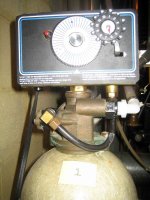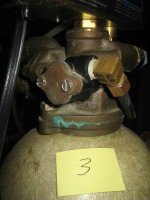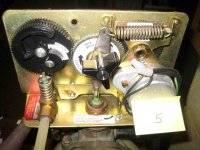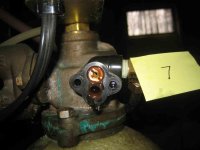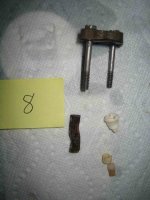ChrisBeall
Member
'no brand' softener, circa 1979. Control valve appears to be a Fleck, timer only, and not one of the currently listed models. Water was not being softened. Over several days observation, the brine tank had increasing amounts of water in it. I did a manual regeneration and observed that during the 'Brine and Rinse' phase, water was slowly flowing INTO the brine tank. It eventually dumped about a quart through the overflow hose (so apparently the safety shutoff float valve wasn't effective).
Given the age of the unit, I'm looking for a new one. Is there anything easy that I could try to perhaps get this one working again briefly?
Given the age of the unit, I'm looking for a new one. Is there anything easy that I could try to perhaps get this one working again briefly?

